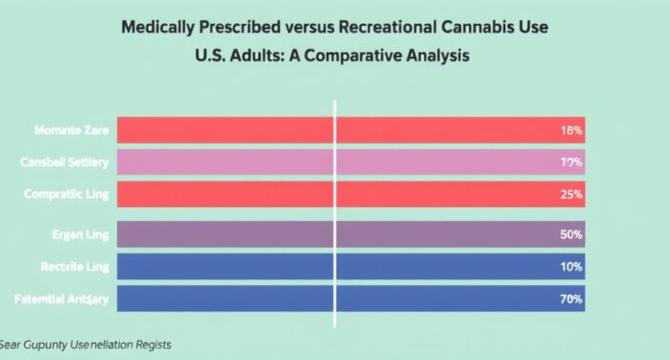Bioengineer
1d
158

Image Credit: Bioengineer
Medically Prescribed versus Recreational Cannabis Use Among U.S. Adults: A Comparative Analysis
- The study categorized cannabis users between those who utilize it for medical purposes only, combine medical and nonmedical use and those who indulge for nonmedical use only.
- Individuals in medical-only and combined use categories reported significantly higher instances of cannabis use disorder across all severity levels as compared to nonmedical-only users, raising questions about the perceived safety of medical cannabis use as compared to recreational use.
- Furthermore, the study highlights the importance of educating both healthcare professionals and patients about the potential addiction risks associated with medical cannabis use.
- The study results suggest that medical cannabis use does not inherently reduce the risk of developing a dependence or addiction-related issues, signifying the need for more nuanced understanding of cannabis use dynamics.
- This study forms a pivotal contribution to the discourse surrounding the substantial knowledge gap in understanding the risks attached to medical cannabis use.
- Public health campaigns must be developed emphasizing moderation and awareness to mitigate the risks of escalated consumption and addiction.
- The analysis of demographic factors reveals that age, gender, and socio-economic status can significantly influence cannabis usage patterns.
- Policymakers and researchers must strive to paint a clearer picture of the consequences of cannabis use, particularly in a rapidly changing landscape where its medical and recreational status is being continuously redefined.
- Acknowledging the paradox of medical cannabis while addressing its potential for addiction will be fundamental in shaping future research and policy decisions.
- Only through a comprehensive understanding of the intricate interplay between cannabis user categories can we hope to devise efficient strategies for prevention and treatment of cannabis use disorder.
Read Full Article
9 Likes
For uninterrupted reading, download the app